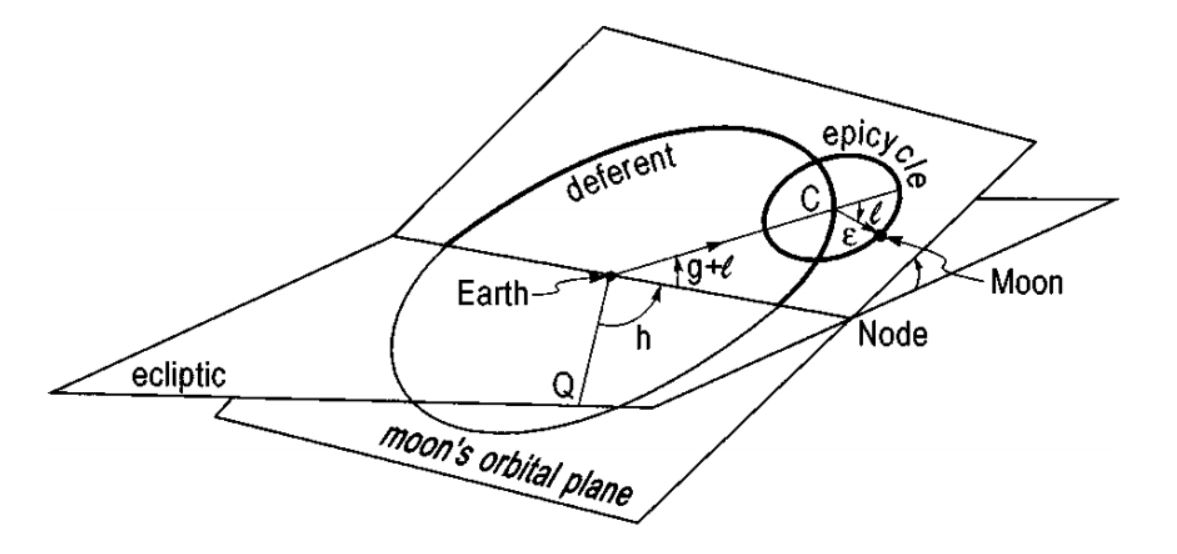1
Flat Earth Investigations / Re: Astronomy Still Uses Epicycles
« on: September 04, 2025, 04:41:22 AM »If epicycles are a bad thing in heliocentric astronomy, then why would they be a good thing in geocentric astronomy?
I didn't suggest that it was. The FE solar system model isn't Geocentric. It's Semi-Heliocentric.
Epicycles are simply "a small circle whose centre moves round the circumference of a larger one".
Of course astronomy still uses epicycles because that's how the universe works. The earth orbits around the sun, and the moon orbits around the earth.
On a larger scale the sun orbits the galactic centre.
Please work harder at educating yourself on these topics. Epicycles are not "the earth orbits around the sun, and the moon orbits around the earth". An example of the epicycle Earth-Moon epicycle system is given in an example in the Astronomical Prediction Based on Patterns page:
Quote from: Flat Earth Wiki
Moon-Earth-Sun: The oldest three-body problem
Martin C. Gutzwiller
...
Caption: FIG. 1. The basic lunar model from antiquity (adopted ever since) consists of an orbital plane for the Moon containing an epicycle for its orbit; the crucial parameters α, ε, γ and the three angles l,g,h have their modern interpretation.
In epicyclic systems bodies move around points in space for no reason at all. It says "adopted ever since" in the caption because the epicycles from antiquity are still used in the modern predictive models. However, the epicycles in the illustration are for purposes of prediction only, and only valid in regards to where the observer will see the Moon in their sky. Neither the base geocentric or heliocentric models actually propose that the Moon is increasing and decreasing its distance to the earth like that.
See this passage from the University of Wisconson:
Quote
Deferents and Epicycles:
The Ptolemaic system explains the major motion of the planets with deferents and retrograde (backwards) motion with epicycles.
The diameters and rates of the deferents and epicycles were tweaked until they fit the observed motions of the planets. The answers turn out pretty well except:
- The Moon's Epicycle required it to vary in its distance from Earth by a factor of 2! (Would you notice if the moon doubled in size every month?)
- There is no underlying physical principle that can explain why an object would go around in an epicycle
The problem is that the model used for prediction is different than the conceptual model, and is limited in the ways it is accurate as we read above. The way it is predicted does not match the underlying model concepts of the moon revolving around the Earth.
